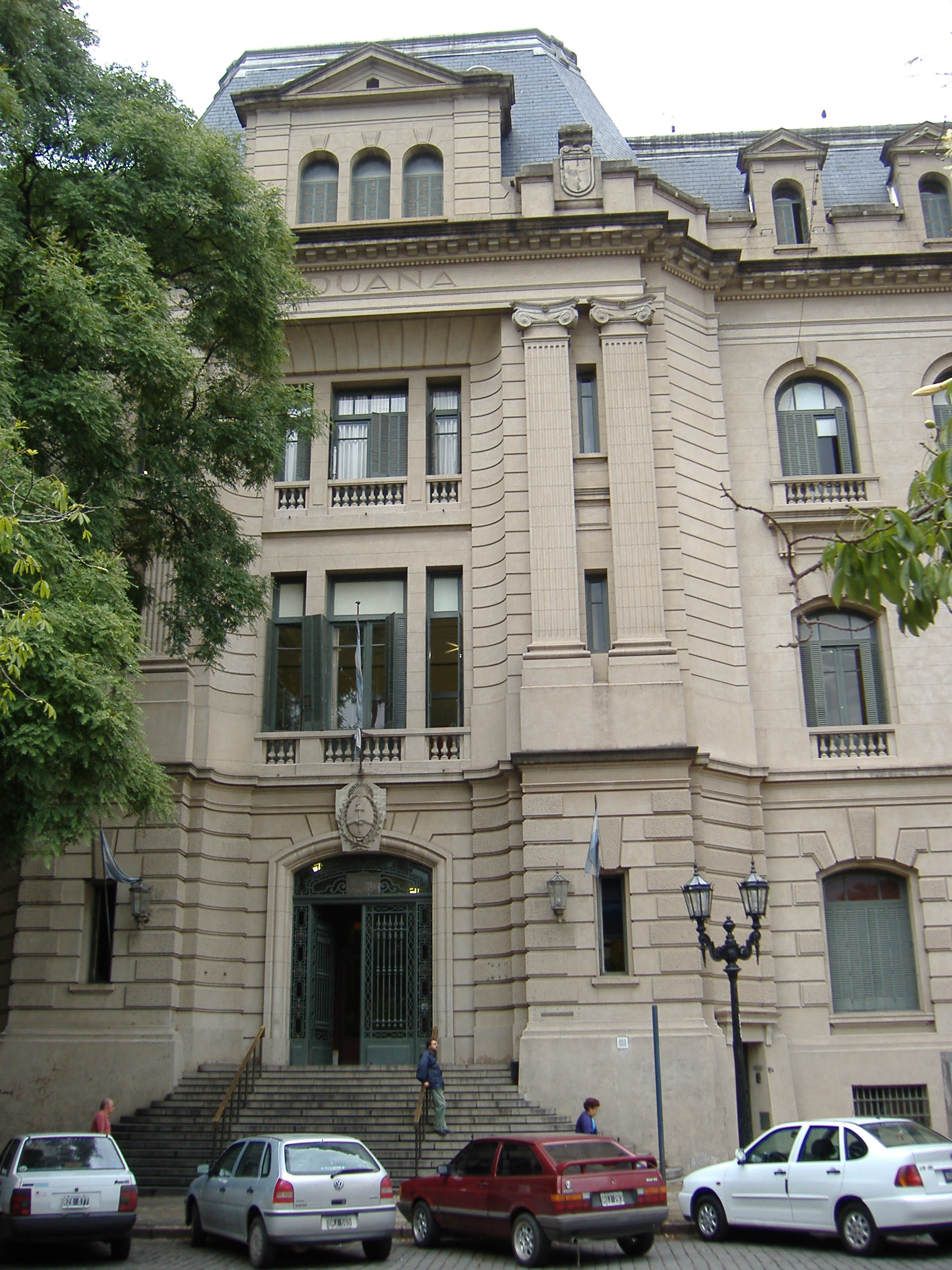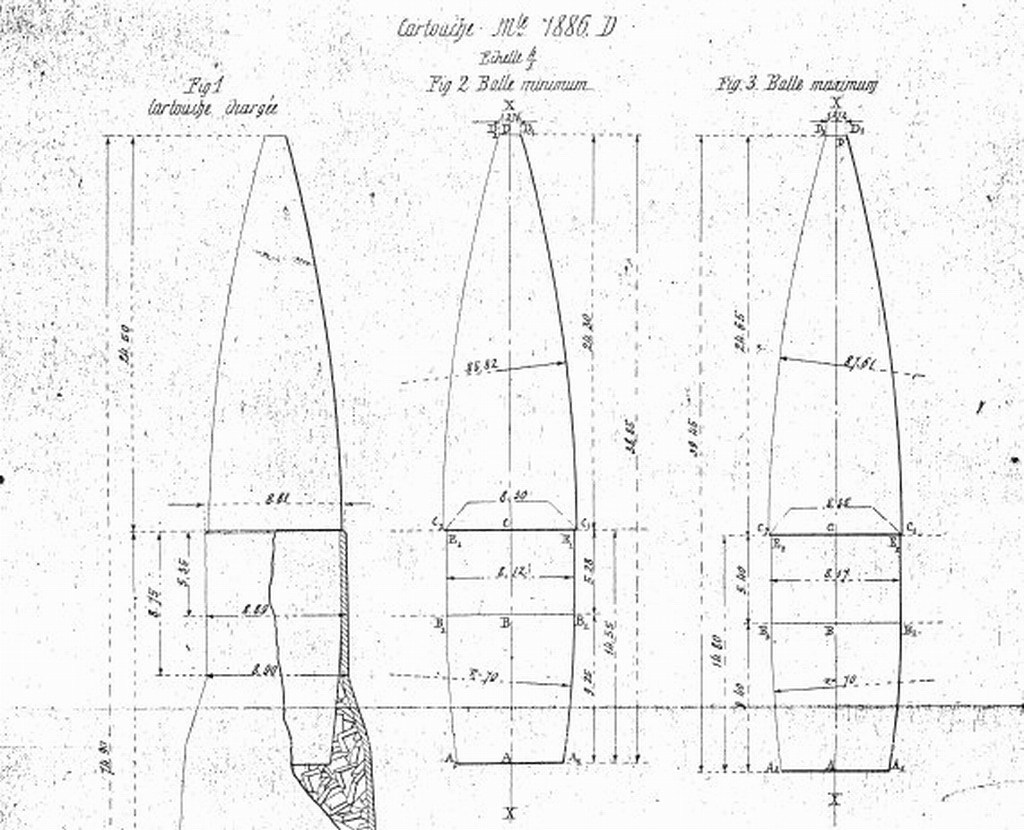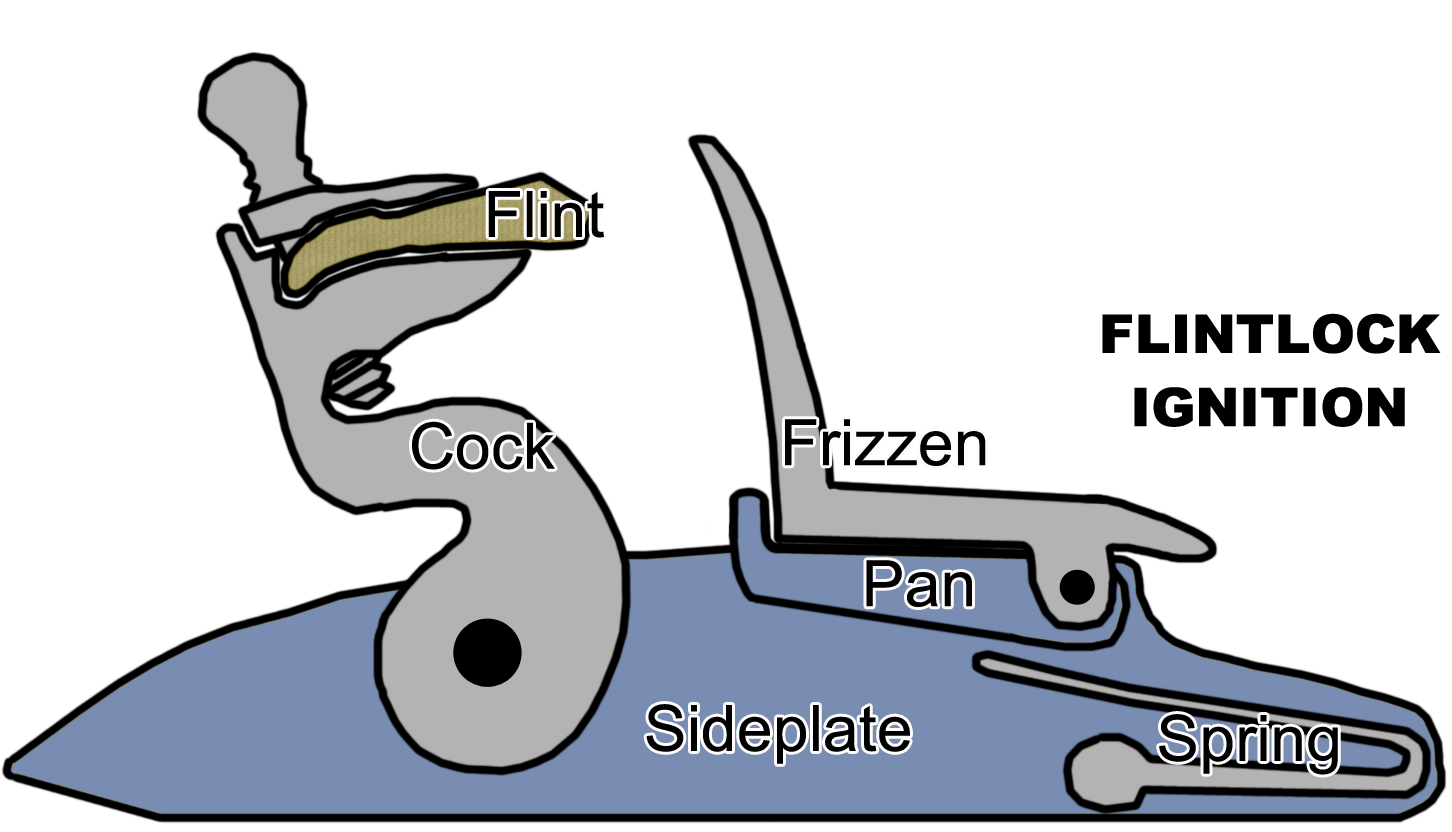|
Mauser Model 1909
The Argentine Mauser Model 1909 were Gewehr 98 pattern bolt-action battle rifles designed for the Argentine Army. They were produced both in Germany and in Argentina. Design The Mauser 1909 was a slightly modified copy of the Gewehr 98. Among other modifications, the ''Lange Visier'' sight was replaced by a tangent leaf sight. The M1909 was also able to use the bayonet of the Mauser 1891 it replaced. The main producer in Germany was Deutsche Waffen und Munitionsfabriken that delivered 200,000 rifles while around 85,000 rifles were manufactured by the ''Fabrica Militar de Armas Portatiles'', governmental plants in Rosario, Santa Fe, Rosario and Santa Fe, Argentina, Santa Fe. The Model 1909s were replaced by FN FALs without having seen combat. Some Argentine Mauser 1909 rifles and carbines without crests were sold to Paraguay during the Chaco War. Variants * ''Mauser 1909 sniper rifle'': version with a German-made scope and a bent-down bolt handle. * ''Mauser 1909 cavalry carb ... [...More Info...] [...Related Items...] OR: [Wikipedia] [Google] [Baidu] |
Bolt-action
Bolt action is a type of manual Action (firearms), firearm action that is operated by ''directly'' manipulating the bolt (firearms), turn-bolt via a cocking handle, bolt handle, most commonly placed on the right-hand side of the firearm (as most users are right-handed). The majority of bolt-action firearms are rifles, but there are also some variants of shotguns and handguns that are bolt-action. Bolt action firearms are generally repeating firearms, but many single-shot designs are available particularly in shooting sports where single-shot firearms are mandated, such as most Olympic and International Shooting Sport Federation, ISSF rifle disciplines. From the late 19th century all the way through both World Wars, bolt action rifles were the standard infantry service rifle, service weapons for most of the world's military forces, with the exception of the United States Armed Forces, who used the M1 Garand Semi-automatic rifle. In modern military and law enforcement after ... [...More Info...] [...Related Items...] OR: [Wikipedia] [Google] [Baidu] |
Rosario, Santa Fe
Rosario () is the largest city in the central provinces of Argentina, Argentine province of Santa Fe Province, Santa Fe. The city, located northwest of Buenos Aires on the west bank of the Paraná River, is the third-most populous city in the country after Buenos Aires and Cordoba. With a growing and important metropolitan area, Greater Rosario has an estimated population of 1,750,000 . One of its main attractions includes the neoclassical architecture, neoclassical, Art Nouveau, and Art Deco architecture that has been preserved in hundreds of residences, houses and public buildings. The city is also famous for being the birthplace of the Argentine footballer Lionel Messi. Rosario is the head city of the Rosario Department and is located at the heart of the major industrial corridor in Argentina. The city is a major rail transport, railroad terminal and the shipping center for north-eastern Argentina. Ships reach the city via the Paraná River, which allows the existence of a ... [...More Info...] [...Related Items...] OR: [Wikipedia] [Google] [Baidu] |
Mauser Rifles
Mauser, originally the Königlich Württembergische Gewehrfabrik, was a German arms manufacturer. Their line of bolt-action rifles and semi-automatic pistols was produced beginning in the 1870s for the German armed forces. In the late 19th and early 20th centuries, Mauser designs were also exported and licensed to many countries, which adopted them as military and civilian sporting firearms. The Gewehr 98 in particular was widely adopted and copied, becoming one of the most copied firearms designs and it is the foundation of many of today's sporting bolt-action rifles. Around 10 million Gewehr 98 style rifles were produced. History King Frederick I of Württemberg founded the enterprise as Königliche Waffen Schmieden (literally: Royal Weapons Forges) on 31 July 1811. Originally located partly at Ludwigsburg and partly at Christophsthal, the factory was transferred to the former Augustine Cloister in Oberndorf am Neckar, where Andreas Mauser worked as the master gunsmith. Of ... [...More Info...] [...Related Items...] OR: [Wikipedia] [Google] [Baidu] |
Rifles Of Argentina
A rifle is a long-barreled firearm designed for accurate shooting and higher stopping power, with a barrel that has a helical or spiralling pattern of grooves (rifling) cut into the bore wall. In keeping with their focus on accuracy, rifles are typically designed to be held with both hands and braced firmly against the shooter's shoulder via a buttstock for stability during shooting. Rifles are used in warfare, law enforcement, hunting and target shooting sports. The invention of rifling separated such firearms from the earlier smoothbore weapons (e.g., arquebuses, muskets, and other long guns), greatly elevating their accuracy and general effectiveness. The raised areas of a barrel's rifling are called ''lands''; they make contact with and exert torque on the projectile as it moves down the bore, imparting a spin. When the projectile leaves the barrel, this spin persists and lends gyroscopic stability to the projectile due to conservation of angular momentum, increasing ac ... [...More Info...] [...Related Items...] OR: [Wikipedia] [Google] [Baidu] |
Ecuadorian–Peruvian War
The Ecuadorian–Peruvian War, known locally as the War of '41 (), was a South American border war fought between 5–31 July 1941. It was the first of three military conflicts between Ecuador and Peru during the 20th century. During the war, Peru occupied the western Ecuadorian province of El Oro and parts of the Andean province of Loja. Although the war took place during World War II, it is unrelated to that conflict, as neither country was supported by either the Allies or the Axis. A ceasefire agreement between the two countries came into effect on 31 July 1941. Both countries signed the Rio Protocol on 29 January 1942, and Peruvian forces subsequently withdrew. Enmity over the territorial dispute continued after 1942, and the border disputes were not entirely resolved until the Cenepa War of 1995 and the signing of the Brasilia Presidential Act agreement in October 1998. Background The territorial dispute between Ecuador and Peru dated from before Ecuador's ind ... [...More Info...] [...Related Items...] OR: [Wikipedia] [Google] [Baidu] |
Leticia Incident
Leticia (derived from the Latin greeting ''laetitia'' meaning ''joy'', ''gladness'', ''delight'') may refer to: People ;Given name * Saint Leticia, a venerated virgin martyr, saint * Queen Letizia of Spain (born 1972), queen consort of Spain * Leticia Avilés, Ecuadoran evolutionary biologist and ecologist * Letícia Birkheuer (born 1978), Brazilian model and actress * Leticia Brédice (born 1975), Argentine actress and singer * Letícia Bufoni (born 1993), Brazilian-American professional street skateboarder * Leticia Cáceres (born 1978), Australian stage and film director * Leticia Calderón (born 1968), Mexican actress * Leticia Carvalho (born 1973), Brazilian oceanographer and international civil servant * Leticia Cline (born 1978), American model * Letícia Colin (born 1989), Brazilian actress and singer * Letícia Costa (born 1995), Brazilian artistic gymnast * Leticia Costas (born 1990), Spanish tennis player. * Leticia Cossettini (1904-2004), Argentine teacher ... [...More Info...] [...Related Items...] OR: [Wikipedia] [Google] [Baidu] |
Spitzer (bullet)
A spitzer bullet (from , "point shot") is a munitions term, primarily regarding fully-powered and intermediate small-arms ammunition, describing bullets featuring an aerodynamically pointed nose shape, called a spire point, sometimes combined with a tapered base, called a boat tail (then a spitzer boat-tail bullet), in order to reduce drag and obtain a lower drag coefficient, resulting in an aerodynamically superior torpedo shaped projectile, which decelerates less rapidly and has improved external ballistic behaviour, at the expense of some potential weight and kinetic energy relative to blunter ogive/round/flat-nose flat-base projectiles. The type which was developed for military purposes in the late 19th and early 20th century and was a major design improvement compared to earlier rounder or flatter-tipped bullets in terms of range and accuracy. Its introduction, along with long-range volley sights for service rifles, changed military doctrines. Area targets at rang ... [...More Info...] [...Related Items...] OR: [Wikipedia] [Google] [Baidu] |
Hammer (firearms)
The hammer is a part of a firearm that is used to strike the percussion cap/ primer, or a separate firing pin, to ignite the propellant and fire the projectile. It is so called because it resembles a hammer in both form and function. The hammer itself is a metal piece that forcefully rotates about a pivot point. The term tumbler can refer to a part of the hammer or a part mechanically attached to the pivot-point of the hammer, depending on the particular firearm under discussion (see half-cock). According to one source the term tumbler is synonymous with hammer. Evolution In the development of firearms, the flintlock used flint striking steel to produce sparks and initiate firing by igniting the gunpowder used as a propellant. The flint was fixed to a swinging arm called the ''cock''. Prior to firing, the cock was held rearward under spring tension. Pulling the trigger allowed the cock to rotate forward at a speed sufficient to produce sparks when it struck the steel frizzen. ... [...More Info...] [...Related Items...] OR: [Wikipedia] [Google] [Baidu] |
Peru
Peru, officially the Republic of Peru, is a country in western South America. It is bordered in the north by Ecuador and Colombia, in the east by Brazil, in the southeast by Bolivia, in the south by Chile, and in the south and west by the Pacific Ocean. Peru is a Megadiverse countries, megadiverse country, with habitats ranging from the arid plains of the Pacific coastal region in the west, to the peaks of the Andes mountains extending from the north to the southeast of the country, to the tropical Amazon basin rainforest in the east with the Amazon River. Peru has Demographics of Peru, a population of over 32 million, and its capital and largest city is Lima. At , Peru is the List of countries and dependencies by area, 19th largest country in the world, and the List of South American countries by area, third largest in South America. Pre-Columbian Peru, Peruvian territory was home to Andean civilizations, several cultures during the ancient and medieval periods, and has one o ... [...More Info...] [...Related Items...] OR: [Wikipedia] [Google] [Baidu] |
US Navy 100705-N-5319A-229 Members Of The Peruvian Marine Drill Team Perform At The Opening Ceremonies Of Amphibious-Southern Partnership Station 2010 At Ancon Marine Base, Peru
US or Us most often refers to: * ''Us'' (pronoun), the objective case of the English first-person plural pronoun ''we'' * US, an abbreviation for the United States US, U.S., Us, us, or u.s. may also refer to: Arts and entertainment Albums * ''Us'' (Brother Ali album) or the title song, 2009 * ''Us'' (Empress Of album), 2018 * ''Us'' (Mull Historical Society album), 2003 * ''Us'' (Peter Gabriel album), 1992 * ''Us'' (EP), by Moon Jong-up, 2021 * ''Us'', by Maceo Parker, 1974 * ''Us'', mini-album by Peakboy, 2019 Songs * "Us" (James Bay song), 2018 * "Us" (Jennifer Lopez song), 2018 * "Us" (Regina Spektor song), 2004 * "Us" (Gracie Abrams song), 2024 * "Us", by Azealia Banks from '' Fantasea'', 2012 * "Us", by Celine Dion from ''Let's Talk About Love'', 1997 * "Us", by Gucci Mane from '' Delusions of Grandeur'', 2019 * "Us", by Spoon from '' Hot Thoughts'', 2017 Other media * US Festival, two 1980s California music festivals organized by Steve Wozniak * ''Us'' (1991 ... [...More Info...] [...Related Items...] OR: [Wikipedia] [Google] [Baidu] |
Paraguay
Paraguay, officially the Republic of Paraguay, is a landlocked country in South America. It is bordered by Argentina to the Argentina–Paraguay border, south and southwest, Brazil to the Brazil–Paraguay border, east and northeast, and Bolivia to the northwest. It has a population of around 6.1 million, nearly 2.3 million of whom live in the Capital city, capital and largest city of Asunción, and its surrounding metro area. Spanish conquistadores arrived in 1524, and in 1537 established the city of Asunción, the first capital of the Governorate of the Río de la Plata. During the 17th century, Paraguay was the center of Reductions, Jesuit missions, where the native Guaraní people were converted to Christianity and introduced to European culture. After the Suppression of the Society of Jesus, expulsion of the Jesuits from Spanish territories in 1767, Paraguay increasingly became a peripheral colony. Following Independence of Paraguay, independence from Spain ... [...More Info...] [...Related Items...] OR: [Wikipedia] [Google] [Baidu] |







